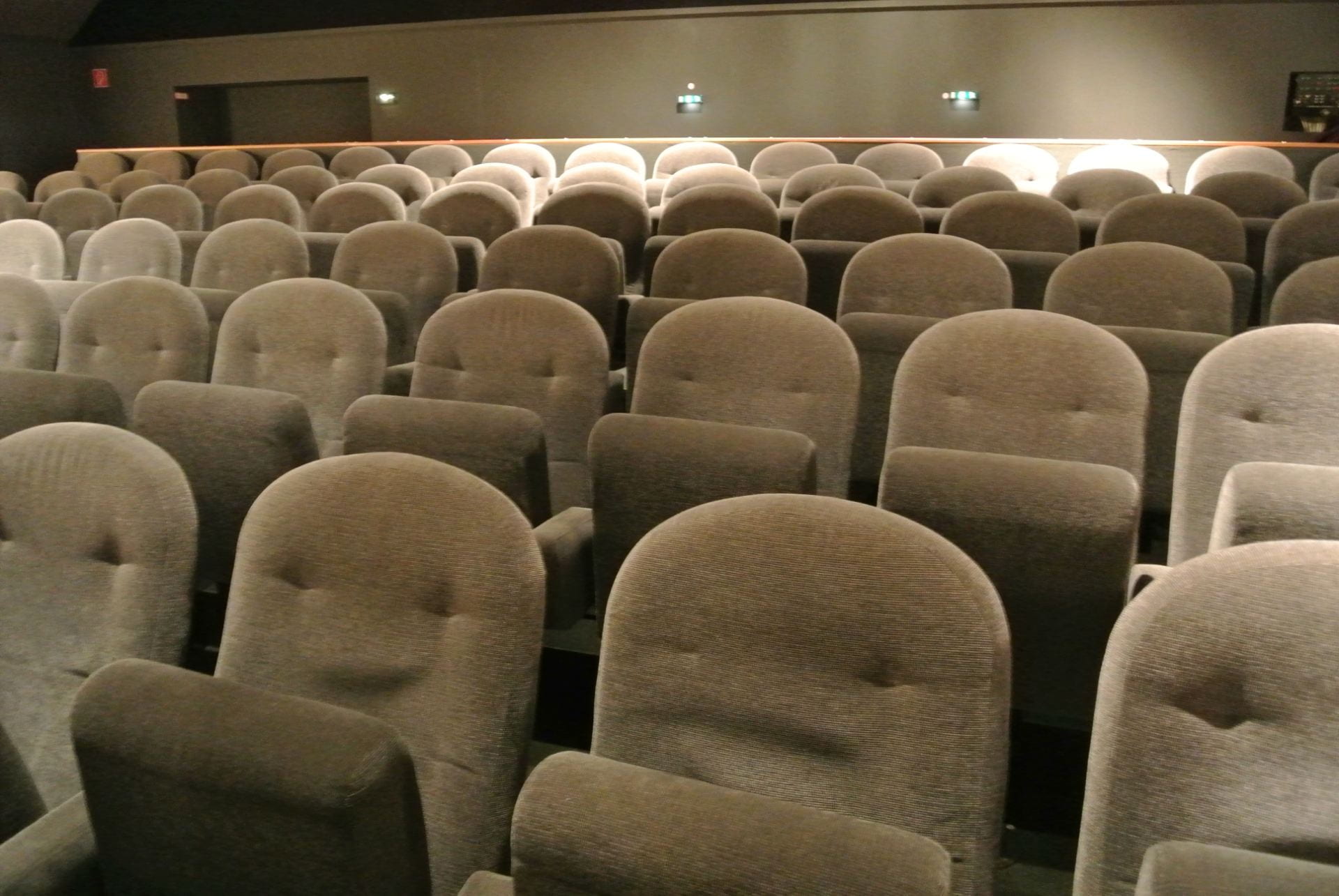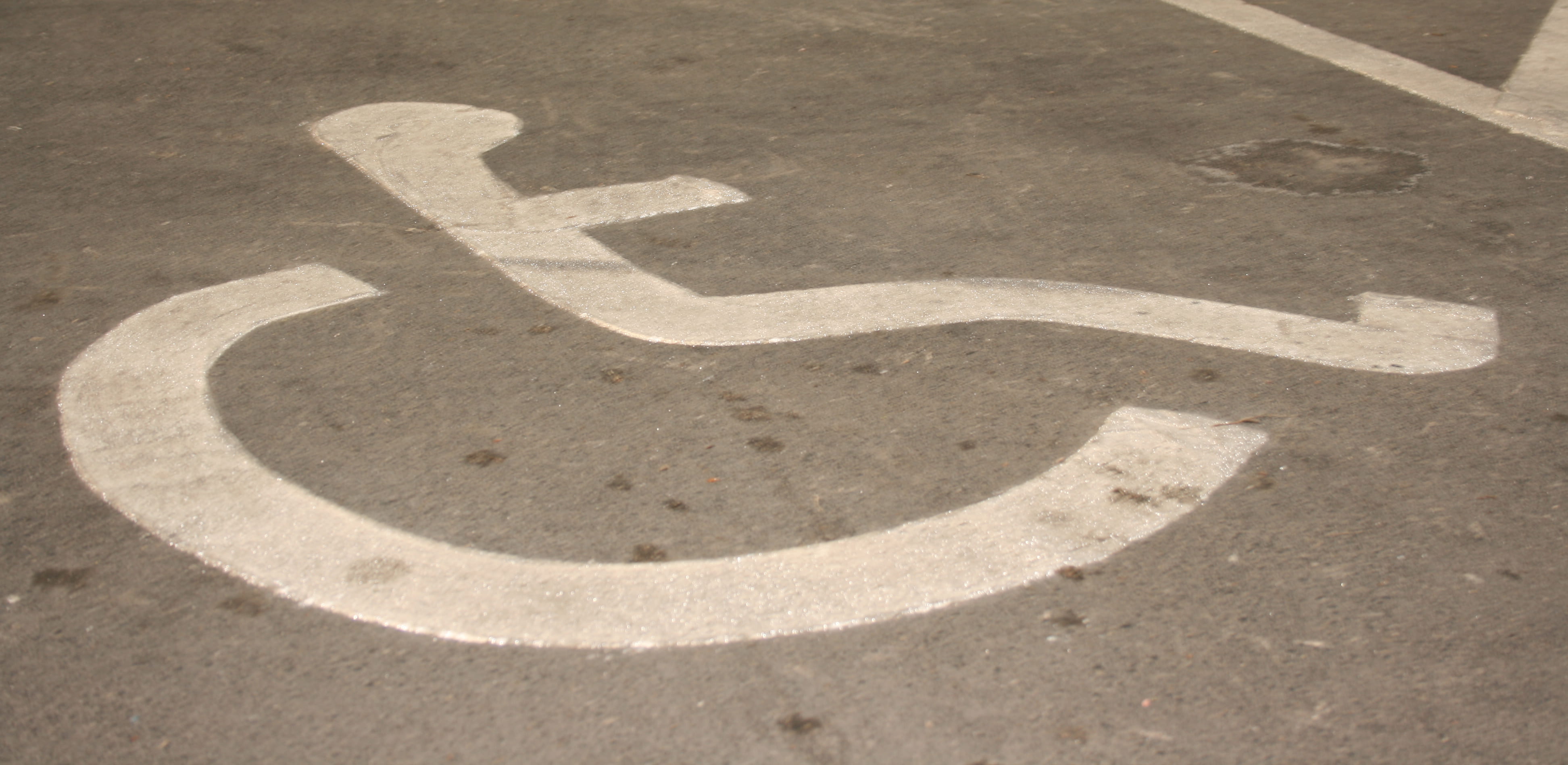
While one in four people in the United States live with a disability, it is unlikely that a person would give that estimate based on representation in popular media.
Is this because of an overall misunderstanding about the parameters of disabilities among the general public? Or do the producers of film and television realize they are failing to accurately represent society and just not caring?
Even the media that currently feature characters with disabilities are often misleading and lean heavily into pre-existing, incorrect stereotypes. Manifestation of this issue draws parallels with insensitive stereotypes about race, gender, and sexuality to the use of common (over-used) archetypes.
Character Archetypes
One way in which film and television often generalize people with disabilities is using character archetypes. It worth noting that archetypes are not inherently bad, rather they become a problem when they are focused around a specific group of people. As a result, this creates/reaffirms the assumptions that people make about others. When it comes to characters with disabilities, it is especially problematic, as these characters are rarely depicted outside of their archetypes while non-disabled groups may be more likely to have a nuanced portrayal.
There are three main archetypes used in the creation of characters with disabilities: the helpless victim, the evil villain, and the inspirational hero.
The Helpless Victim
The helpless victim character is severely limited by their disability and is depicted as having little chance of happiness or normalcy in life unless their disability is removed. This character is depicted as needing to be “saved” from their condition and are designed to evoke pity and sympathy from the audience rather than be viewed as a regular person. These characters are often rescued from their disabilities through “miraculous” events whether it be an “unexplainable change” or directly stated as part of an intervention by a higher power. Not only does this lead people to look at people with disabilities with the same pity they give fictional characters, but it also fosters an inaccurate depiction of many people’s experiences with their own disabilities. Contrary to these depictions, people can have disabilities and live happy lives at the same time. The helpless victim archetype is also sometimes used for comedic purposes. For example, a person with a disability does or experiences something related to their disability that mildly harms them or is considered inappropriate by societal norms. This is shown in how Forest Gump is depicted in relation to his intellectual disability. This allows people who do not have disabilities to feel comfortable with not taking people with disabilities seriously or giving them the same respect they give people who do not have disabilities.
The Evil Villain
The second main archetype is the evil villain, often designed as a dangerous and uncontrollable monster. This character is often seen in horror films, such as the Unbreakable trilogy, Gerald’s Game, and many more. The horror genre is notorious for using both physical and mental disabilities (often those that the general public is not well-educated on) to frighten audiences. Since many of the disabilities that are targeted by this archetype are unfamiliar to most people, many audiences walk away having absorbed a great deal of misinformation and a fear of people with these disabilities. These representations have led many people to believe that people with disabilities, particularly any mental disorders that are unfamiliar, are dangerous and should be avoided. In reality, people have a tendency to largely overestimate the likelihood that a person with a mental health disorder will become violent. Additionally, when people with these kinds of disabilities do become violent, is largely linked to other factors, such as substance abuse and family history.
An example of the evil villain character is the Beast from M. Night Shyamalan’s Unbreakable trilogy. The Beast is an alter in a system with Dissociative Identity Disorder (DID) that is depicted as having super-human abilities and a desire to get rid of all impure people in the world. Throughout the series, he is depicted clearly as a violent monster. For many people, these movies were their first exposure to DID, and, though it did not necessarily convince people that DID gives people supernatural capabilities, this has led to many people having a serious misunderstanding of DID and a fear of people who experience the disorder. Even the “nice” alters in the system were depicted in a negative light, as they helped the Beast carry out his evil plans. This representation of DID is also problematic because there are so many misleading or definitively incorrect ideas about DID propagated in these films.
Shyamalan himself stated, “I wanted to take something scientific and psychologically proven and keep going with it. The first two, three steps have been proven, then the next one was not proven, but it’s a question. Do you believe it, what I’m suggesting?” It is important to remember that real people have disorders like DID, not just fictional characters. When you willingly spread misleading ideas about them, you are potentially causing serious harm to their present and future wellbeing which you can read more about in this blog.

The Inspirational Hero
The third main archetype is the hero/inspirational character with a disability is held up as an example of someone “overcoming the odds”. These are the characters that lead people to say, “well if they can do that, then I can do anything!” While it is considered a positive stereotype, it is nonetheless problematic for several reasons. First, it suggests that the only way a person can be happy is if they are “cured” or if they overcome their disability. It specifically frames disabilities as enemies to defeat rather than a part of daily life. It can also lead people who do not have disabilities to believe that people who do have them will be fine if they only try hard enough. As a result, this may make them believe they do not have to do anything to accommodate people with disabilities. Depicting people with disabilities this way can also lead to people without disabilities looking to them for sources of inspiration and examples of courage rather than as regular people.
Paul Hunt’s List of Stereotypes
A 1991 study by disabled writer and activist Paul Hunt established a list of ten common stereotypes of people with disabilities. This list includes depicting people with disabilities as: “pitiable/pathetic”, an “object of curiosity or violence”, sinister or evil, the “super cripple” (as if having a disability anoints them some sort of superpower), a way to establish atmosphere, laughable, their own worst enemy, a burden, “non-sexual”, or being unable to participate in daily life.
The Connection to Human Rights
Many people develop their understanding of different disabilities through the representations they see in film and television which impacts the way people are viewed by their local communities and, therefore, their ability to access their human rights. The way students are treated by their classmates impacts how they benefit from their educational experience (Article 26 of the United Nations Universal Declaration of Human Rights). The way people are treated by their employers (or potential employers) and co-workers impacts their access to a favorable work environment without discrimination (Article 23). The way people are treated holistically by their community impacts their ability to actively participate in their communities (Article 27). A community’s view of people with disabilities can also impact their willingness to make accommodations for them which further affects their ability to access the aforementioned rights.
How Do We Identify Good Representation?
One aspect of good disability representation is that a character’s purpose is not solely based on their disability. If the character were replaced with a non-disabled character, without changing any other aspects of the story, would they have “a story, goals, relationships, and interests”? In a good piece of representation, the answer would be “yes”. While a disability might be a significant part of a person, it is not the only characteristic that shapes their experiences.
The Entropy System, a system with DID who makes educational YouTube videos about DID, has come up with a list of four criteria to identify good representations of DID in media, three of which could be applied to other disabilities as well:
- Does it “communicate proper diagnosis and treatment”?
- Does it address the cause of the disability?
- Is the character relatable? Are they well-rounded and realistic?
An Example of Good Representation: A Quiet Place
John Krasinski’s film, A Quiet Place, is a wonderful example of quality representation. In the film, the Abbot family is fighting to survive in a world where making a sound could be a death sentence. Reagan, the daughter in the family, is deaf, which has led to the entire family’s ability to communicate silently through American Sign Language (ASL). Reagan’s disability is not treated as a burden or as a superpower. While their knowledge of ASL is a key tool in the family’s path towards survival, it does not change the way Reagan is treated as a character. She is a normal kid. She is a multi-dimensional character who has strong relationships with her family and faces personal struggles that are unrelated to her disability. The character is also played by a deaf actress, which is an important part of good representation and surprisingly rare on television and in film.
The existence of quality representation for people with disabilities is increasing in television and in films like A Quiet Place, but we still have a lot of work to do. It will take time, but we can hopefully look forward to a day where people with disabilities are well represented in popular media.
